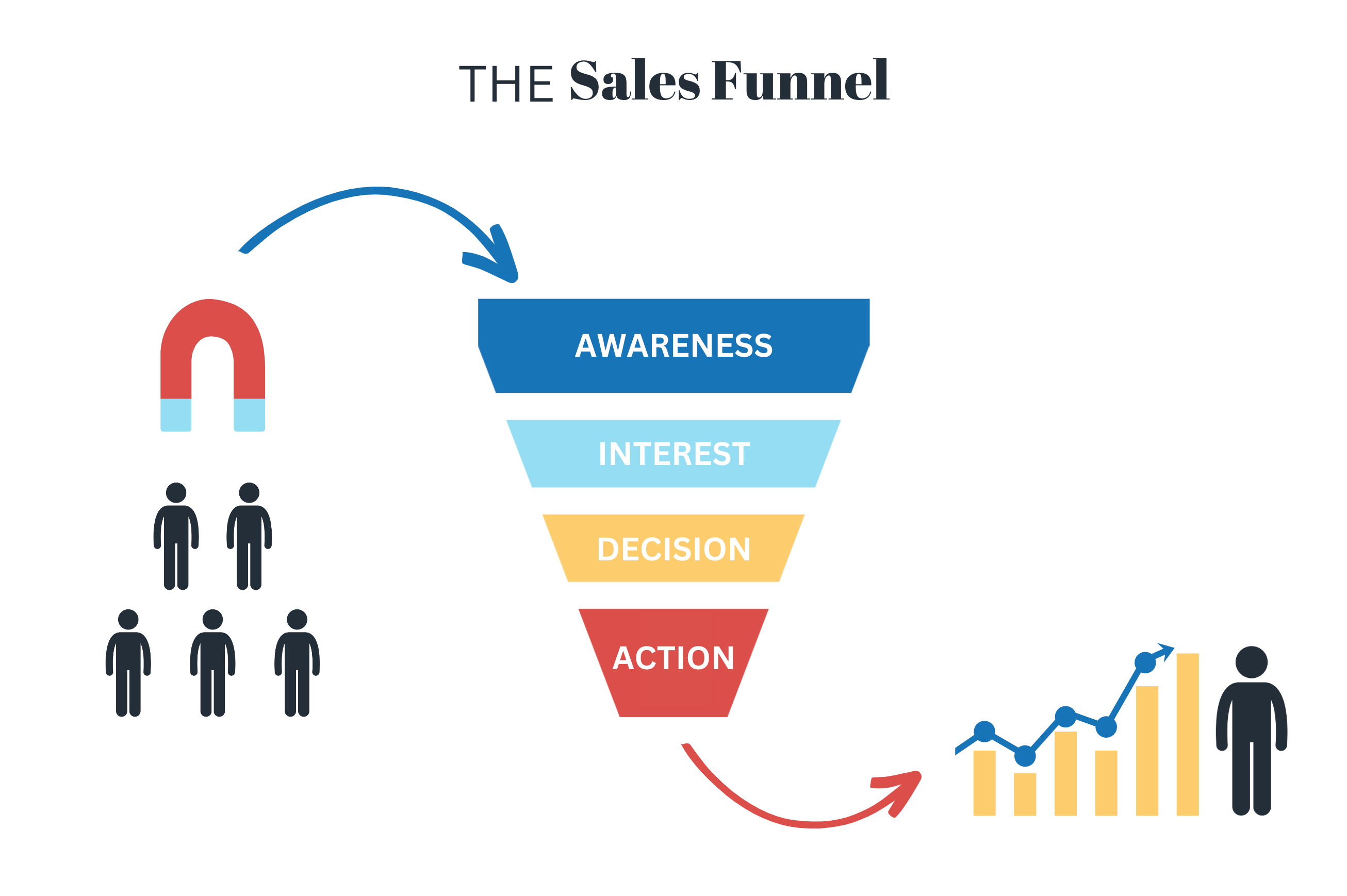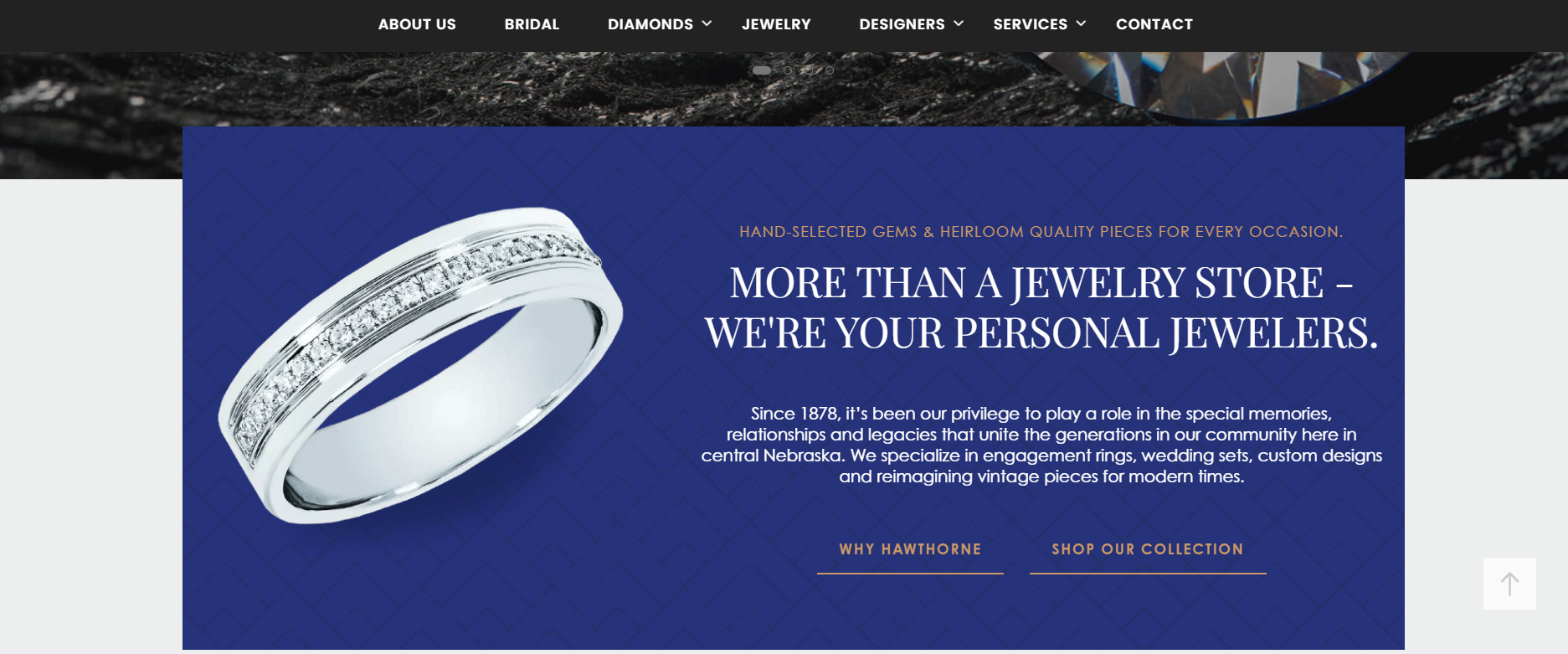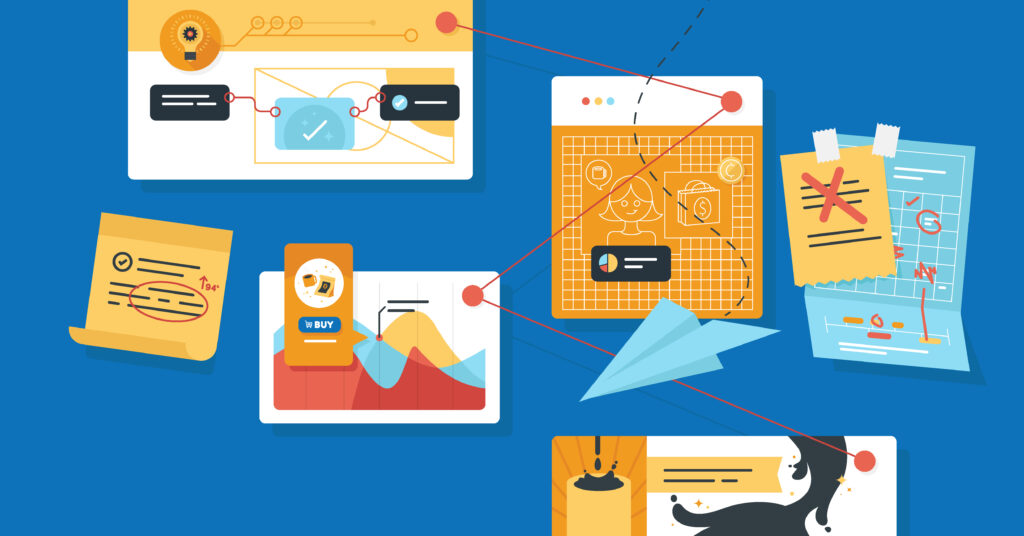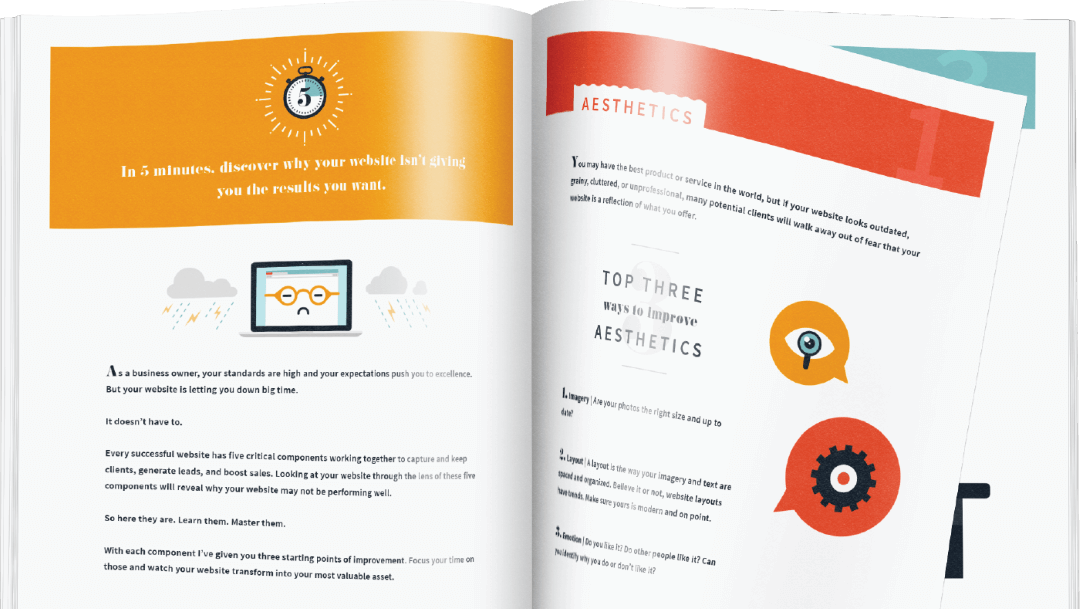What’s a sales funnel?
Optimize your website’s content and design to convert leads into loyal customers.
Have you ever looked at your website traffic and felt frustrated by low conversion rates? Why are you getting so many visitors who leave without taking any further action on your website?
This can be a maddening problem for small business owners – if you’re getting the traffic, why aren’t you getting the sales?
The solution: fine-tuning your sales funnel
In marketing terms, a sales funnel is the series of actions and events that guide your customer from their initial contact with your company through the purchase. For website sales, that means you need a series of well-crafted pages that gradually guide a site visitor from the top of the funnel (Awareness level) to the bottom (Action level).
As you might imagine, it’s often visualized like this:

Marketing professionals may use different names for the various levels of the sales funnel, but the end goal is always the same.
How do you move customers down your sales funnel?
This is a great example of a sales funnel from our client, Hawthorne Jewelry. Here on the homepage, you find a strong explanation of their brand and legacy, with both written and visual content. And as you can see, they have two CTAs (calls to action) for moving the potential customer down the funnel – Why Hawthorne and Shop Our Collection.

Notice that Hawthorne Jewelry is offering two pathways here. Maybe the customer is already all in. They might jump right from the Interest phase down to Shop Our Collection (Decision phase). However, some customers might need a bit more information before they want to see the product. They might go for the Why Hawthorne button instead.
By giving two different calls to action, Hawthorne is maximizing opportunities to engage with the customer. The primary goal is the same, but the content each customer sees next is tailored to their location in the funnel.
How to integrate sales funnels on your website
If you’re not getting the conversions you want from your website, your first step should be to go back to your homepage and ask, “Does my customer immediately connect with my brand and understand how I can help?” And then ask, “Is their next step clear and obvious?”
When we’re talking to a new client about their website, one of the most important questions we ask is “What’s the primary CTA?” Connecting the customer with that CTA (call to action) becomes the heart of everything we do next. Once you know the primary CTA, you can start building your funnel based on the actions customers need to take to get there.
Meet customers where they are in the sales funnel
Some customers don’t need much persuasion. They saw your ad on Facebook (Awareness phase) and they were instantly hooked! When they land on your website, they’re going to go straight to the product page and look for the button that says “Buy Now.”
But other customers are going to move through the funnel more slowly. They might see the same Facebook ad and click on it … but then they’ll take their time. They might want to read more about your company, to make sure their values align with yours (Interest phase). They might want to click over to an explainer video or read some customer reviews.
Both these customers are heading in the same direction (the Action phase!) Your goal is to organize your website’s flow and content to allow for these different pathways and continually offer opportunities for further engagement.
The sales funnel vs. the customer journey
If some of this looks and sounds familiar, you’re not wrong! We wrote a whole series about the customer journey not long ago, where we helped you map out the buying process from the customer’s perspective.
A sales funnel is similar in that we’re using some of the same words (awareness, interest, etc.). But unlike the customer journey, a sales funnel is more direct and specific. When you build a sales funnel, you’re not diagramming every possible touchpoint and action your customer might take during their entire relationship with you. The goal of a sales funnel is to strategically guide them toward one specific action, based on their current level of engagement.
It’s very possible that you’ll have multiple funnels working together on your website – one to buy a product, one to schedule a meeting, one to sign up for emails etc. The more funnels and avenues for connection you create, the more chances you have to convert your site visitors into loyal customers.
In short – engaging with a sales funnel is one element of the customer journey … but it’s not the whole journey.
Want to know more about mapping a customer journey? Click here!
Need help building sales funnels that get results?
We’re here for you. In your first meeting with our team, we’ll help you define your primary call to action and start creating content to drive customer engagement with your company. And we’ll make your sales funnels trackable. You’ll be able to see which CTAs are actually getting results and which areas need improvement. Interested? Great! We’d love to chat with you and learn more about your goals. Schedule a meeting or call with us today!


